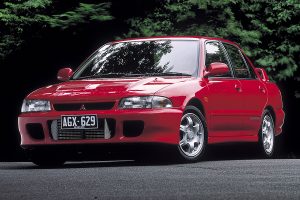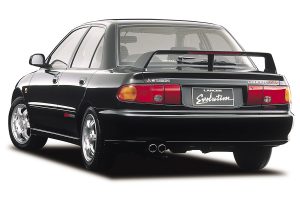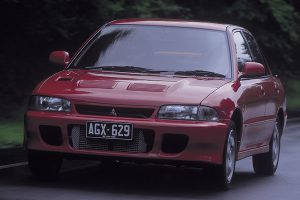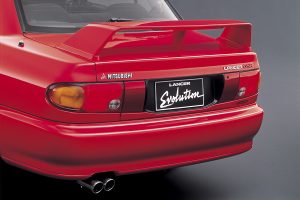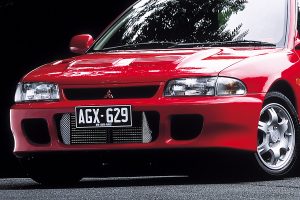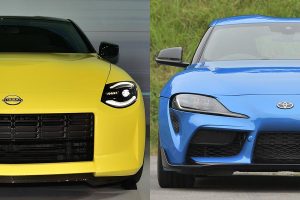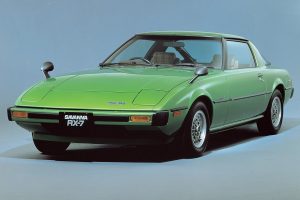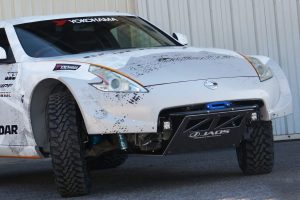Although Mitsubishi killed the Lancer Evolution in 2016, the turbocharged 4WD sedan still has fans worldwide. But few people know how the car was actually born. Let’s look at the history of the very first model of Mitsubishi’s rally machine.
Made for WRC, born from WRC
The Lancer Evolution is a series of 4WD sports sedans that Mitsubishi launched in 1992. Despite its history ended in 2016 with the final model, Lancer Evolution X Final Edition, the car still has popularity from not only rallyists worldwide but also from Japanese car enthusiasts who are familiar with the car through movies and video games.
So how was the car born in the first place?
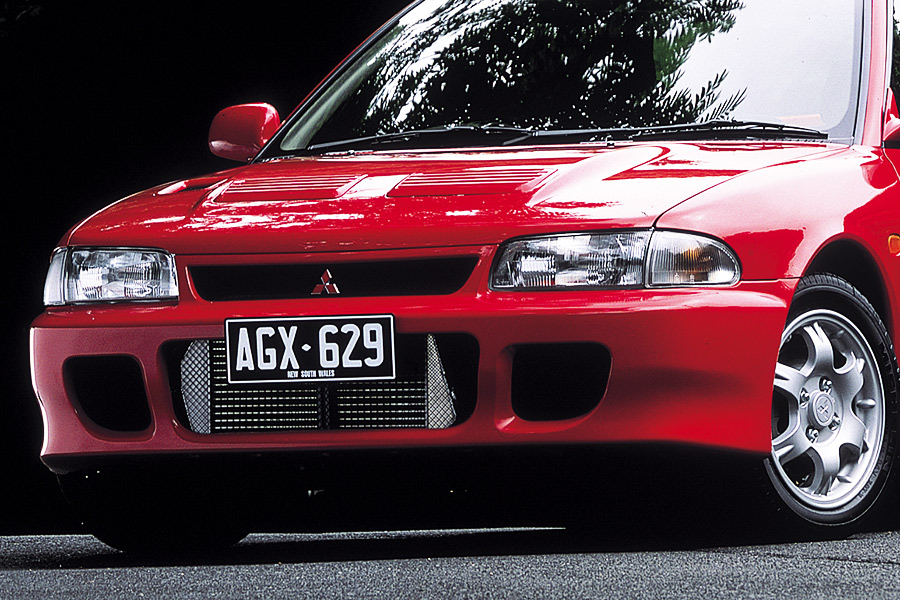
The 1980s was an era when Japanese cars have rapidly evolved to a car that can compete with the rest of the world.
And with the strong backing of the Japanese economical boost at that time, Japanese carmakers were able to use plenty of money to develop what they want. Whenever a car won a race on the weekends, customers rushed into dealers to buy the exact same model they saw on that race.
In 1987, FIA introduced a new top-tier category “Group A” to the World Rally Championship. This was a regulation that approved carmakers to homologate their cars if they managed to produce the model more than 2,500 units (5,000 units until 1991) per year. In response to this, carmakers all over the world started to develop rally machines under the Group A regulation.
Mitsubishi, who had already been involved in rallying, introduced the Galant VR-4 in 1987 as a Group A machine.
The Lancer Evolution (now known as Evo I) came after the Galant VR-4 to replace its predecessor. The car was a limited model based on the 4th gen. Lancer’s sports model, “1800GSR”, but deriving the 4G63 Inline-4 DOHC turbocharged engine and full-time AWD system from the Galant VR-4.
Two trims, GSR and RS, were available. The GSR was a model that can be also used for daily use and the latter was a stripped-down base model for competition use.
The 1,170 kg body housed the renowned 4G63 engine boasting a maximum output of 247 PS, which eventually contributed to a better power-to-weight ratio (4.8 kg/PS) than a Nissan Skyline GT-R (BNR32).

